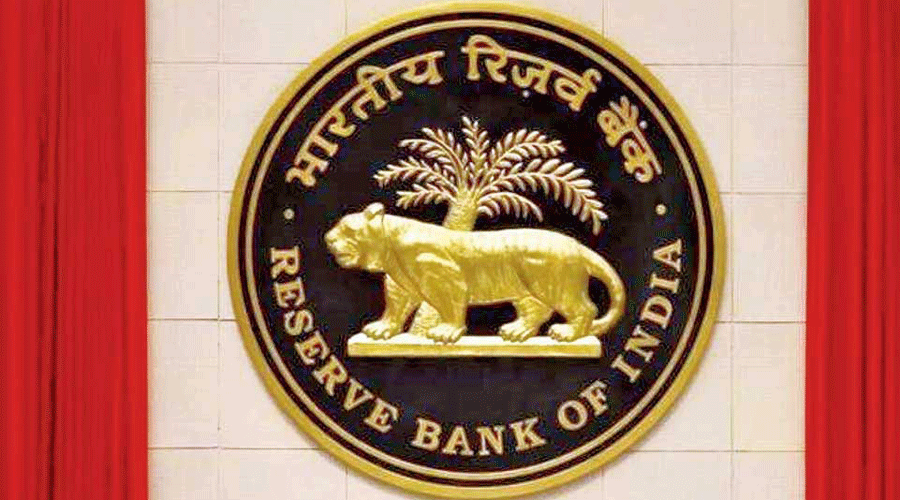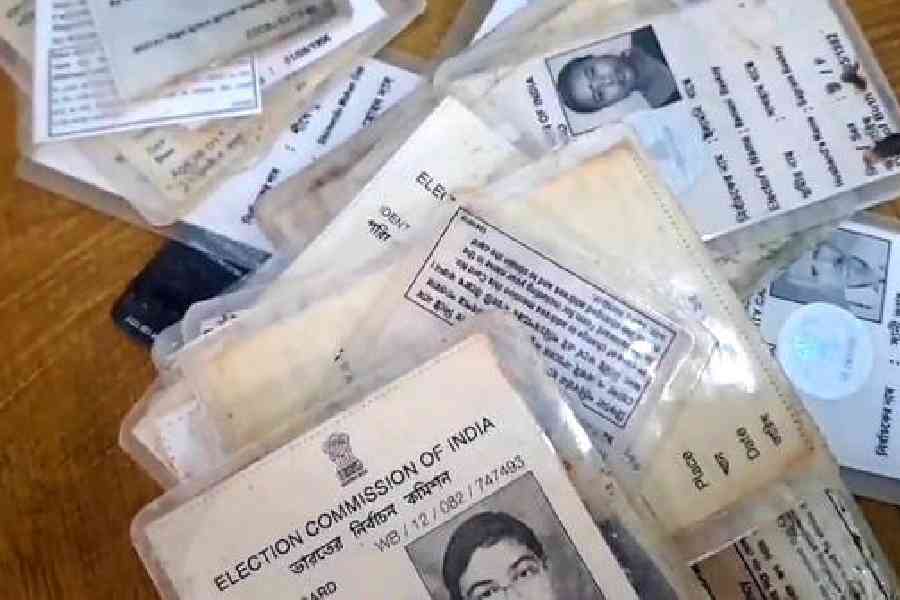Just like the economy, the burden of shielding the rupee from a massive fall against the dollar is likely to fall on the Reserve Bank of India (RBI) with the Centre deftly tossing the ball to Mint Street.
The rupee on Tuesday crossed the psychological 80 mark against the dollar and hit a record intra-day low of 80.05 following excess demand for the greenback but recovered on intervention from the Reserve Bank of India (RBI) to close at 79.95.
In a written reply to a question in the Lok Sabha, finance minister Nirmala Sitharaman said that the recent fall of the domestic unit is due to global factors such as rising crude oil prices and the Russia-Ukraine conflict. She went on to add that the central bank regularly monitors the forex market and intervenes in situations of excess volatility and that it has also taken steps such as interest rates to improve the attractiveness of the domestic currency.
Given the undercurrent in favour of the dollar, observers said that the rupee’s movement will depend much on the RBI. Forex circles say that the central bank is likely to use a combination of intervention in the forex markets such as selling dollars and other measures to check the depreciation of the currency.
India’s forex reserves have depleted from over $640 billion in October last year to $580.25 billion in the week ended July 8 — a fall of almost $ 60 billion largely because the RBI made its presence felt in the market to check the rupee’s fall. However, an analysis of the data shows that after being a net seller of dollars in January, the central bank bought and sold the greenback at least till May, which experts said was to check the volatility in the market and keep the domestic currency on a tight leash.
They said the RBI has been an aggressive seller since June and this has been reflected in the forex reserves which have declined from $590.58 billion from the week ended June 17. While the RBI has on numerous occasions said that it does not target a particular value of the rupee, but focuses on controlling volatility, it has not publicly specified the level of choppiness during which it intervenes in the market.
“The RBI is not worried about whether the rupee hits the 80 or 81 mark amid the current run of the US dollar, but its main watch is whether this happens gradually. If we look at the previous episodes when the rupee has depreciated against the dollar, there have been instances when it has declined by a massive 40-50 paise, Ritesh Bhansali, vice-president-forex risk consulting at Mecklai Financial Services told The Telegraph.
“But it goes to the credit of the RBI that in the current tide, the domestic currency is not deviating by more than 20 paise during a day. This is one of the reasons why the rupee is relatively a better performing currency than some of the others.’’ Anindya Banerjee, VP, currency derivatives and interest rate derivatives, at Kotak Securities said that despite the rupee falling to around 80 to the dollar, it has fared better than some of the other currencies. “There have been four major episodes of the rupee crash — 2008, 2013, 2018 and 2020 and on each of these occasions, the rupee was one of the worst performing currencies. “However, this time, it is not so. This is because of aggressive & timely intervention of the RBI. Lower inflation in India than in the US has also played a role,’’ he added.
However, there are others who feel that the RBI should intervene more aggressively and consistently in the market to prevent depreciation of the domestic currency which adds to inflation. The central bank has in the past said that a 5 per cent depreciation of the rupee from its baseline assumption would add 20 basis points to inflation. In its April monetary policy report, it had assumed that the domestic unit will average around $76 in 2022-23. However, at the current levels, the rupee has declined by more than 5 per cent from this assumption.










